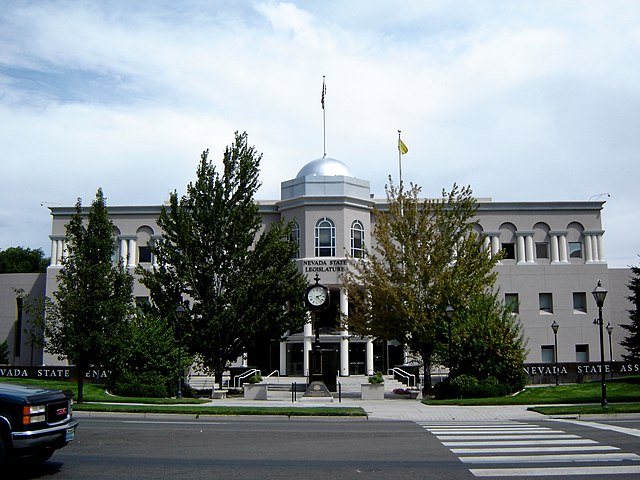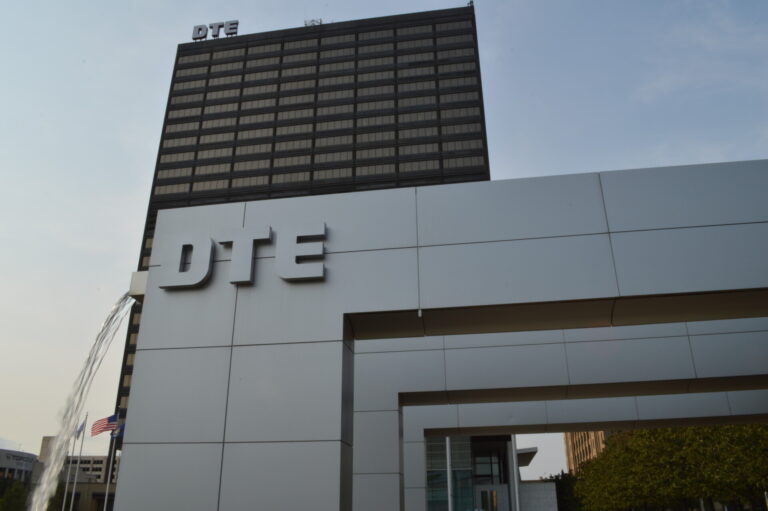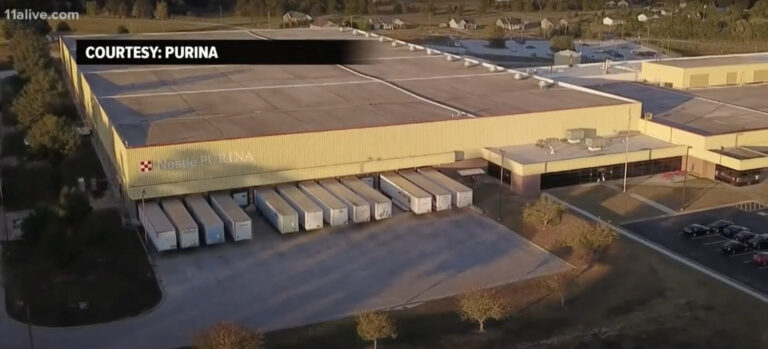Proposed Nevada legislation poses risk to Southwest Gas customers

Nevada is considering legislation that would allow the state’s natural gas utilities to use new ways of setting rates that have proven disastrous for customers in other states, allowing utilities to increase the capital expenditures that drive their profits.
The Nevada Senate Growth and Infrastructure Committee introduced Senate Bill 417 which would allow alternative rate-making for the state’s natural gas utilities, including its largest, Southwest Gas (SWG), on March 20.
Last year in Arizona, another state served by SWG, the state’s utility regulator fast-tracked a similar policy despite concerted pushback from the state’s consumer advocate and other organizations. Arizona’s utilities supported the policy changes, with SWG and other Arizona utilities being the earliest participants in the docket, stating that the modifications “will improve the overall regulatory climate in ways that will better ensure just and reasonable rates and benefit both customers and regulated utilities.”
But consumer advocates in Arizona and nationally have warned against ratemaking plans that reward utilities for engaging in high risk planning that can often lead to devastating consequences for ratepayers.
Nevada Senate Committee introduces “alternative rate making” bill
When utilities like SWG bring a rate case to Nevada’s utility regulator, the Public Utilities Commission of Nevada (PUCN), they ask commissioners to approve the amount of money it takes to operate their company, plus a rate of return, that they receive on the equity share of their capital investments. That total sum is called the revenue requirement.
One of the first steps in calculating the revenue requirement is looking at the company’s costs for a particular period – called the test year. Presently, the PUCN looks at “historic” test year when SWG files a rate case, assessing the actual costs that the utility has spent on its operations and capital projects in the most recent previous year. When a commission authorizes a utility’s rates during a general rate case, those rates stay in effect until the utility brings another rate case before their commission, with a new test year reflecting updated costs.
Senate Bill 417, the introduced “alternative rate making” legislation, presents ways to change customer rates using different processes, including multi-year rate plans and formula rate plans. In a multi-year rate plan, the commission typically authorizes the utility’s rates for several years in a single proceeding. In this type of plan, a utility projects its anticipated costs over several years, which may vary from year to year. In a formula rate plan, the commission uses the initial case to set the rate and authorize future rate increases for the utility through a calculated formula, which they decide during the initial case, rather than looking in detail at the individual costs that a utility is seeking to recover from customers.
The Nevada legislature passed alternative rate-making legislation in 2019, which applied to the state’s electric utility, NV Energy. The bill required the PUCN to adopt regulations allowing NV Energy to apply for PUCN approval for alternative rate-making proposals, with the goal of encouraging the development of cleaner energy through energy efficiency and renewables. The earlier legislation included procedural guardrails such as annual cost reviews and consumer sessions, which are not proscribed in SB 417.
Consumer advocates and others underscore challenges posed to ratepayers by multi-year and formula rate making
Multi-year and formula rate plans are used in other states, but are critiqued by many customer advocates groups. In June 2024, the Maryland Office of People’s Counsel (OPC) released a report showing that most Maryland utility customers have experienced substantial increases in rates over the last 10-15 years. The report finds that utilities with rapidly increasing rates have taken advantage of Maryland’s alternative rate-making policies, notably multi-year rate plans.
The OPC’s analysis asserts that multi-year rate plans, adopted by Maryland’s Public Service Commission in 2020, accelerate cost recovery by encouraging utility spending on capital infrastructure, which drives up rate increases. This model shifts the utility’s risk from its investors to its customers because it can allow utilities to more easily recover any overspending by the utility from ratepayers.
Paul Alvarez, president of Wired Group and a frequent expert witness for consumer advocates, further emphasized in a 2022 paper the risk shift to customers through formula and multi-year rate-making, stating that such plans create a “moral-hazard situation” because the utility has no incentive to avoid risk when it is protected from any consequences.
Last year, the Ohio legislature introduced a bill that would have allowed electric utilities to set rates based on a fully forecasted test period, similar to some of the mechanisms proposed in Nevada’s SB 417. The Ohio Consumers’ Counsel provided testimony opposing the bill, stating the proposal “morphs standard ratemaking into a much more profitable venture for the utilities, to the detriment of consumers.”
Arizona Corporation Commission rushes passing of policy statement allowing alternative ratemaking for utilities
The Arizona Corporation Commission opened a docket to consider possible modifications to the Commission’s test years in early 2023. SWG filed a letter supporting modifications to test year plans, claiming such changes would reduce regulatory lag by reducing the frequency of rate cases, and would be better at ensuring the accuracy of rates. At a workshop in October, several groups expressed concerns about modifying the test year, including Arizona’s Residential Utility Consumer Office (RUCO), Maryland’s OPC, the AARP, and Arizona’s Large Customer Group. The ACC’s staff witness, Michael Deupree with Acadian Consulting Group, said in his testimony, “Formula rate plans have resulted in large rate increases with very few rate decreases and no measurable improvement in reliability of service.”
At the October workshop, the Commissioners stated there would be another workshop and that they were waiting on an opinion from the ACC’s legal counsel before making any decisions. The ACC did not hold a subsequent workshop, and the ACC’s counsel never filed a legal opinion.
On November 20 – the week before Thanksgiving – the ACC released a draft policy statement and stakeholders were given until Friday, November 29, to file comments. SWG filed a letter supporting the draft policy statement and thanking the ACC for its approach to “improve the regulatory climate in Arizona.” During a December 3rd Open Meeting, the ACC took public comment from stakeholders. Utilities supported the proposal, while consumer advocates and other parties were concerned about the limited time needed to analyze the statement and its potential impact on customer rates. The ACC issued the policy statement allowing utilities in the state to file formula rate plans, without any analysis or comments from ACC staff, approved by a vote of 3-2 and adopted the policy statement by another 3-2 vote on December 17.
The two opposing commissioners expressed concerns regarding the short time between filing the policy statement and the vote and the lack of detail in issuing a policy statement rather than going through a standard rulemaking process. After the vote, then-Chairman Jim O’Connor noted that over 600 comments filed opposing the policy statement. Commissioner Kevin Thompson, who’s since taken over as chairman, referred to the opposition as “alarmism.” Thompson worked for SWG for 12 years early in his career. RUCO’s attorney, Dan Pozesfsky, cited concerns that implementing these changes via a policy statement rather than through rules is illegal and denies due process.



